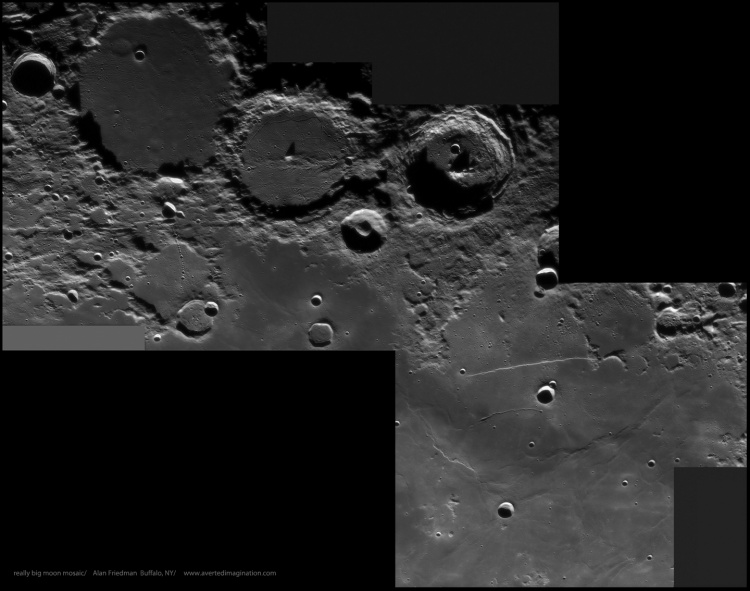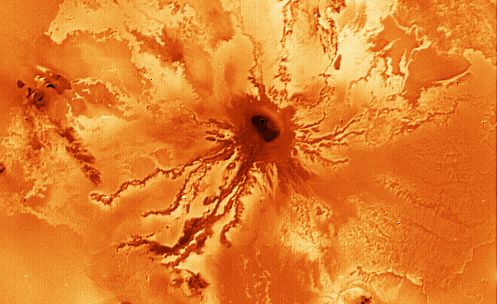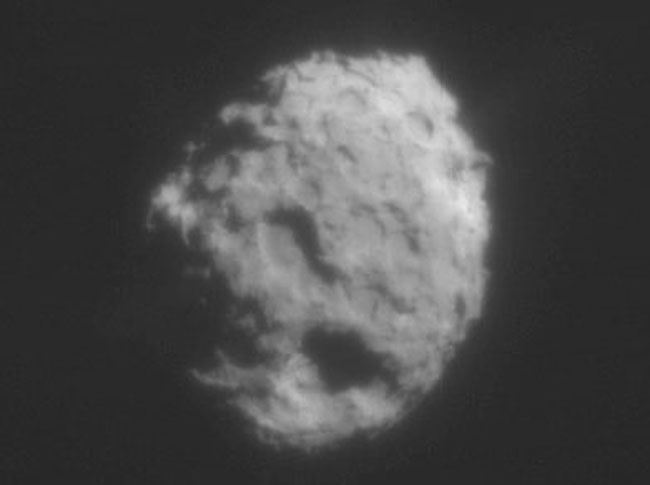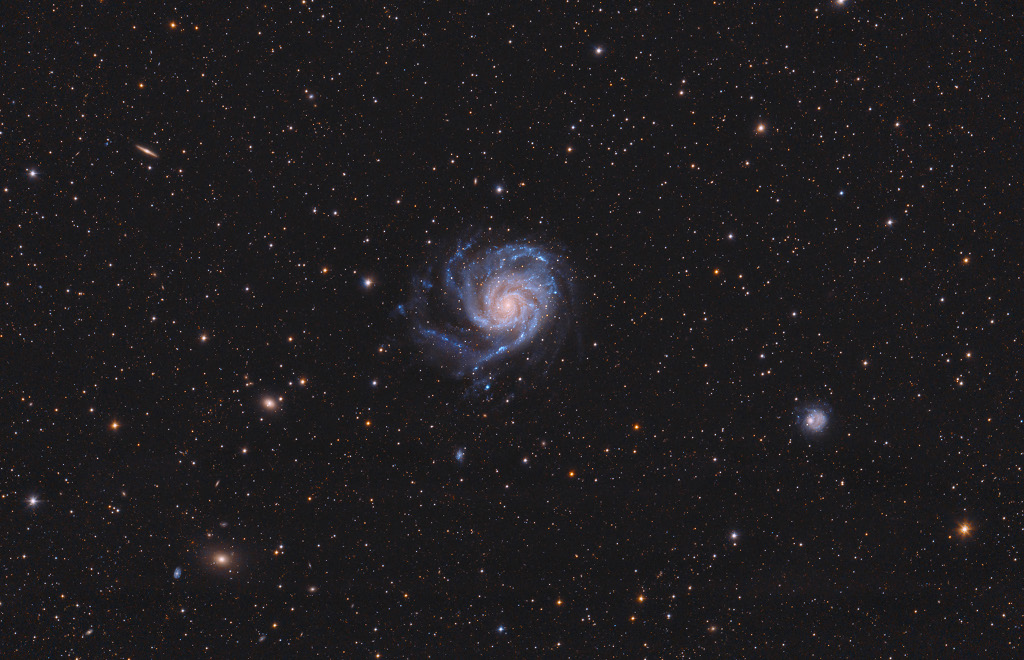Astronomy Image of the Day
An Extreme UltraViolet View of the Comet
30 March 1996
Author not provided
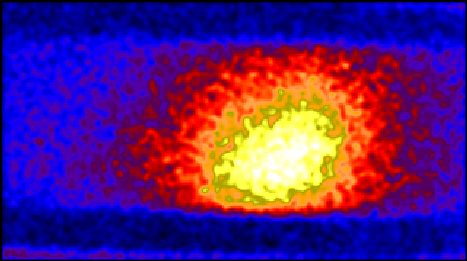
NASA Astronomy Image of the Day for 30 March 1996
As the Sun floods Comet Hyakutake with ultraviolet light gases in the coma scatter the radiation and fluoresce making the comet a bright source in the ultraviolet sky. The above image made using data from NASA's Extreme UltraViolet Explorer (EUVE) satellite, represents the intensity of the comet in this invisible high energy band in false color. The image is about 3/4 of a degree high and 2 degress wide and offers insights to the composition of this visitor from the distant solar system that can be obtained from the highest energy bands of the ultraviolet spectrum. The International Ultraviolet Explorer (IUE) satellite has also examined ultraviolet light from the comet and now reports the detection of many bands of molecular emission particularly those due to molecular carbon (C2), carbon monoxide (CO) and caron dioxide (C02) ions as well as indications of a rapid increase in the production of water (H20). Latest Comet Hyakutake images: JPL, Fayetteville Observer-Times, NASA's Night of the Comet, ICSTARS, Crni Vrh Obs., Cent. Mich U.
Explore Random Posts
Image and explanation courtesy of NASA Astronomy Picture of the Day
